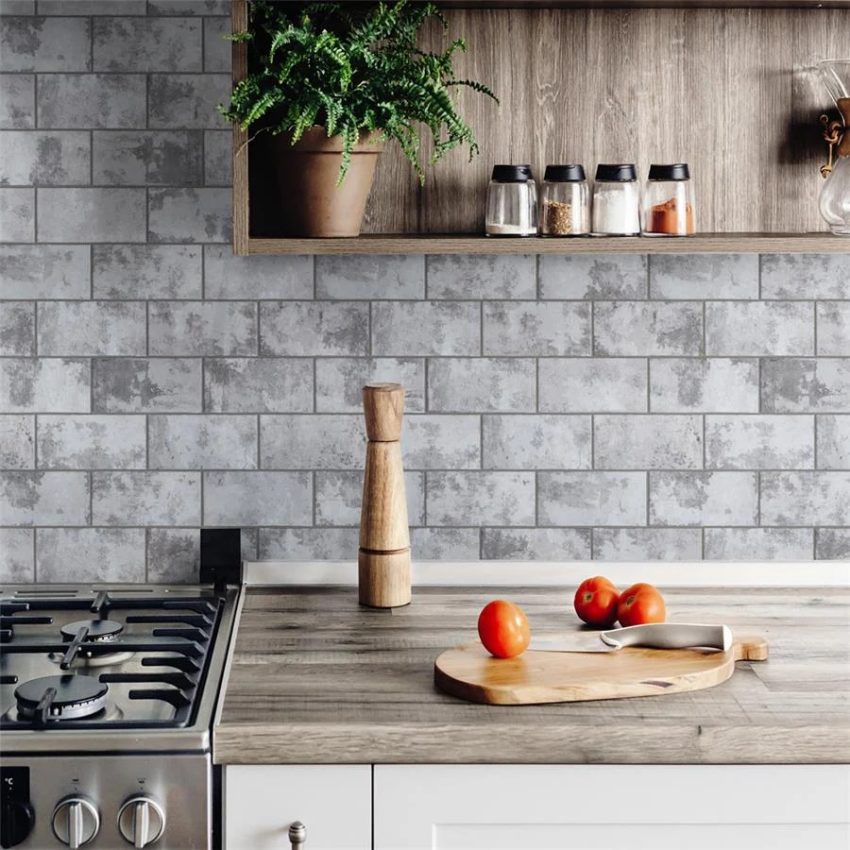Preparing Ceramic Tiles for Painting
Before you start to paint ceramic tile, preparation is key. Proper prep work ensures that your paint job will look professional and last longer. Let’s go through the steps you need to follow.
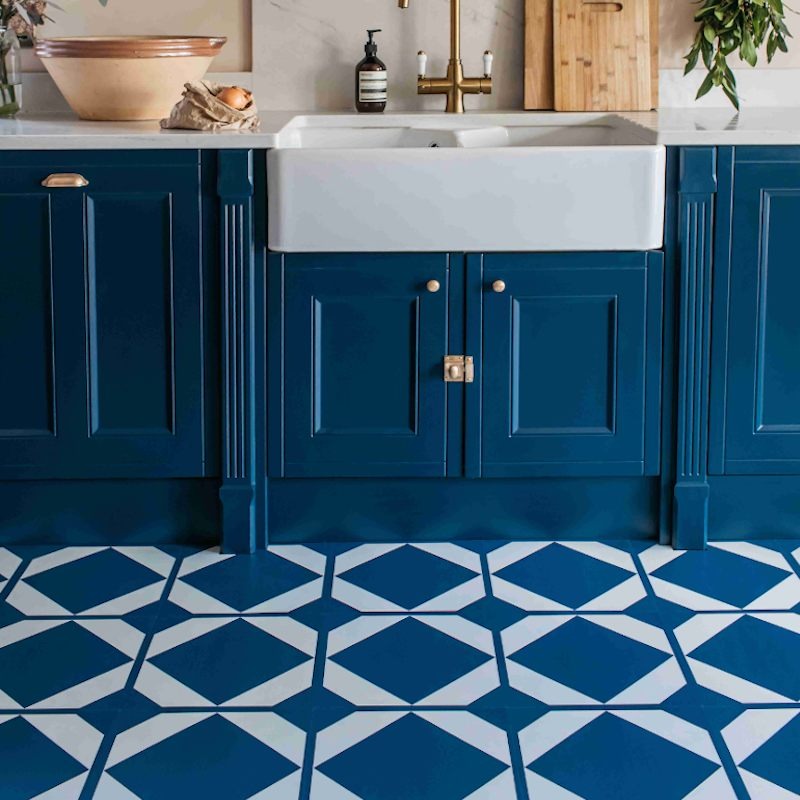
Cleaning the Surface
The first step is to clean the tiles thoroughly. Remove any dirt, grime, or grease. You can use a mild detergent and warm water for this task. Scrub the tiles with a soft brush or cloth. Rinse with clean water and let them dry completely. Make sure no residue is left on the tiles as this can prevent the paint from adhering properly.
Sanding for Better Adhesion
Sanding the tile’s surface creates a rougher texture for the paint to grip onto. Use fine-grit sandpaper, such as 220-grit, and gently rub it over the tile. Sand evenly and wipe away dust with a damp cloth. After sanding, it’s crucial to clean the surface again to remove any dust particles. This step greatly enhances the paint’s ability to stick to the ceramic tiles.
Choosing the Right Type of Paint
Selecting the appropriate type of paint is crucial for your ceramic tile project. Different paints offer varied finishes, durability, and ease of application. To ensure a successful tile transformation, it’s important to understand your options.
Oil-based vs Water-based Paints
When it comes to choosing paint for ceramic tiles, you have two main options: oil-based or water-based. Oil-based paints are known for their durability and rich finish. They adhere well to surfaces and are resistant to moisture, making them a solid choice for areas like bathrooms and kitchens. However, they can take longer to dry and often have a strong smell.
The Best Paints for Ceramic Tiles
For the best results on ceramic tiles, high-quality acrylic latex paints, or epoxy paints are recommended. Acrylic latex paints provide a durable finish that can withstand the wear and tear of high-traffic areas. They also offer a wide range of colors and are easier to work with.
Priming the Tiles
Before you dive into painting, priming is a step you shouldn’t skip. Applying a primer ensures better paint adhesion and increases the durability of your paint job. Whether you are planning to transform wall tiles or a tiled floor, a good primer creates a barrier that can help prevent peeling and flaking of the paint over time. It’s essential for achieving a professional and long-lasting finish.
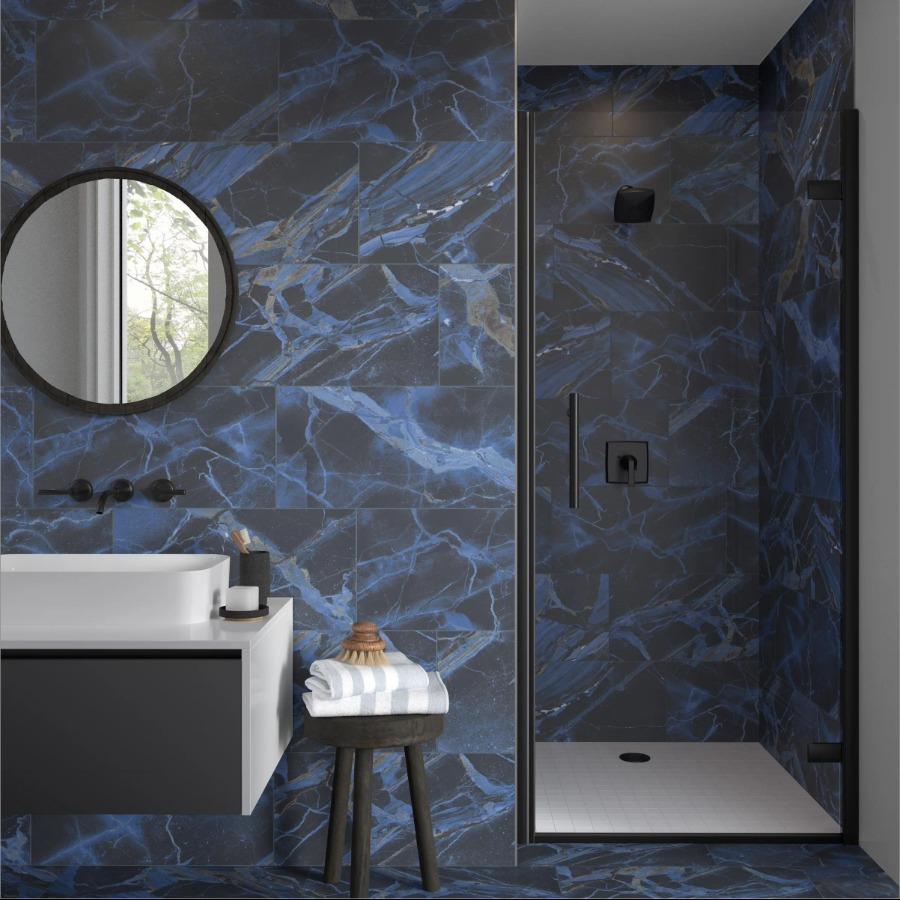
Benefits of Using a Primer
Priming ceramic tiles offers several advantages:
- Enhances Adhesion: It provides a surface that paint can adhere to more easily, especially on glossy ceramic surfaces.
- Seals Porosity: Primer helps to seal the porous surface of the tile, which can prevent the absorption of paint and aid in even coverage.
- Improves Durability: It increases the durability of the paint, making it more resistant to moisture and wear.
- Blocks Stains: Primer can help block out stains or discoloration on the tiles, leading to a more uniform finish.
Understanding these benefits can guide you in choosing the right primer and applying it correctly for an impeccable paint ceramic tile project.
Application Techniques
For a successful primer application, follow these techniques:
- Clean the Tiles: Ensure the ceramic tile is clean and dry; any leftover dust or particles can compromise the primer’s effectiveness.
- Use the Right Tools: Employ a high-quality brush, roller, or sprayer for even application.
- Apply Evenly: Spread the primer in thin, even coats to avoid drips or buildup. Two coats are often recommended for optimal results.
- Follow Drying Times: Allow the primer to dry completely between coats; consult the manufacturer’s instructions for specific drying times.
By following proper application techniques, your primed tiles will be ready for a beautiful, lasting transformation with paint.
Painting Ceramic Tiles Step-by-Step
Approaching the task to paint ceramic tile with a clear plan is essential. This step-by-step guide will make the process smooth.
Tools and Materials Needed
First, gather all the necessary tools and materials:
- High-quality paint: Acrylic latex or epoxy, as mentioned earlier.
- Primer: Formulated for ceramic tile use.
- Sandpaper: Fine-grit, such as 220-grit.
- Cleaners: Mild detergent for initial cleaning.
- Paintbrushes and rollers: High-quality for smooth application.
Ensure all tools are clean and in good condition to start painting.
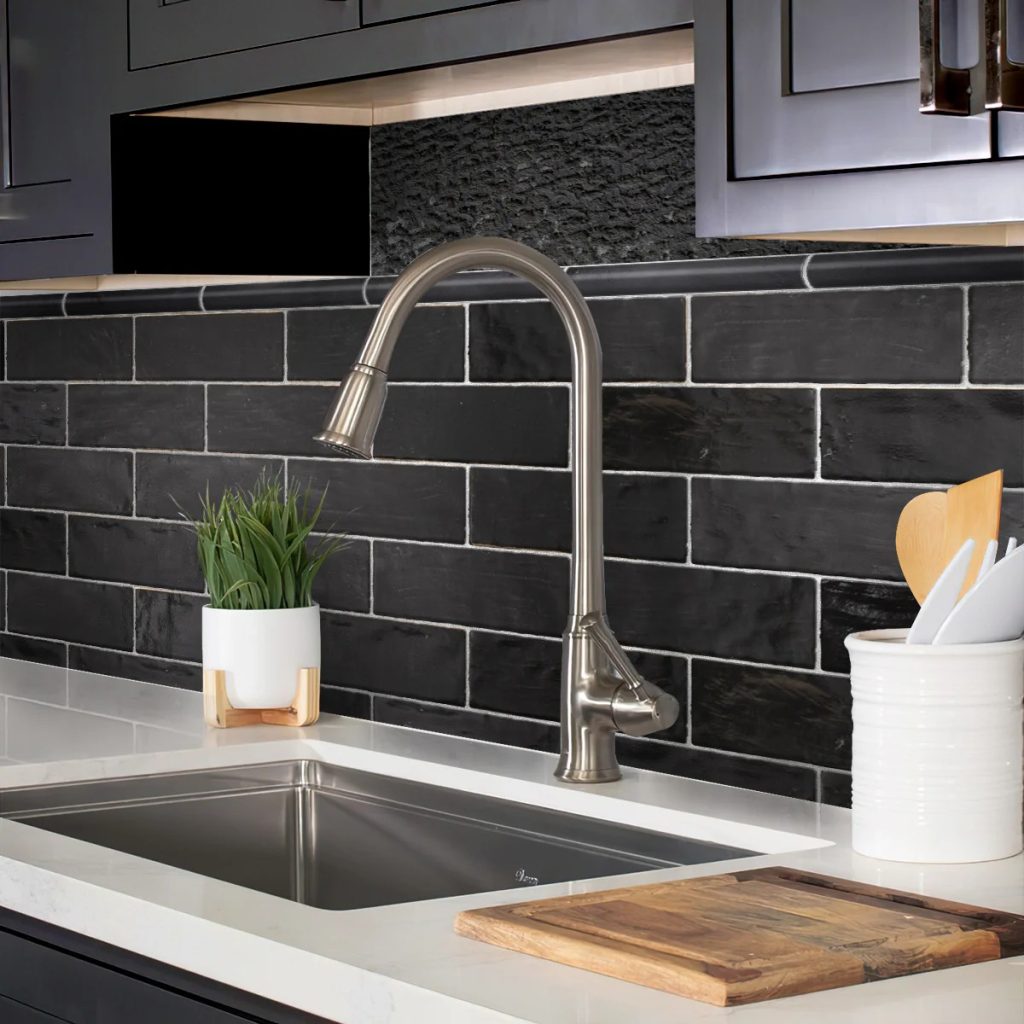
Detailed Painting Process
Once you have your tools ready, follow this painting process:
- Tape Off Areas: Use painter’s tape to protect edges and areas not being painted.
- Mix Paint Thoroughly: This ensures color and consistency.
- Start with Edges: Use a smaller brush to paint edges and corners first.
- Use a Roller for Larger Areas: This gives a more even coat on the tile surface.
- Apply Thin Coats: It’s better to apply multiple thin coats than one thick one.
- Let Dry: Wait for the paint to dry between coats. Check drying times recommended by the paint manufacturer.
By following these steps and techniques, you are on your way to a beautifully painted ceramic tile that adds character and style to your home.
Design and Pattern Ideas for Painted Tiles
Once you’ve got the basics down, it’s time to get creative with your paint ceramic tile project. Adding designs and patterns can transform a plain tile into a stunning feature in your home.
Stencils and Tape: Creating Patterns
Using stencils and tape, you can bring life to ceramic tiles with beautiful patterns. Choose stencils that fit your style or make your own for a unique touch. Apply painter’s tape to outline designs like stripes or geometric shapes. Press the edges down firmly to prevent paint from bleeding under the tape. With a steady hand, fill in the patterns with your chosen paints. Peel off the tape or stencils while the paint is still a bit wet for the best results.
Protecting Painted Ceramic Tiles
Once you have finished painting your ceramic tiles, the next important step is protection. To ensure the longevity of your paint ceramic tile project, you must seal your tiles. Sealants act as a layer of defense against wear, moisture, and cleaning agents.
Types of Sealants
Several types of sealants can be used to protect your painted tiles. Here are a few options:
- Water-Based Urethane: This sealant is easy to apply and dries quickly. It provides a clear finish that doesn’t yellow over time.
- Epoxy Sealant: Offers robust protection and is excellent for floors and countertops.
- Penetrating Sealer: Soaks into the tile to seal both the tile and the paint, providing strong protection especially in high-moisture areas.
Choosing the right sealant will depend on the location of the tiles and the level of durability you need.
Tips for Long-lasting Finish
Here are simple but essential tips to make sure your painted tiles stay looking fresh longer:
- Follow Sealant Instructions: Carefully read and apply the sealant as directed by the manufacturer.
- Cure Time: Allow ample time for the sealant to cure fully before using the space.
- Gentle Cleaning: Use non-abrasive cleaners and soft cloths to clean the sealed tiles.
- Avoid Harsh Chemicals: Harsh chemicals or abrasive scrubbers can damage the sealant.
- Reapply as Needed: Over time, and with wear and tear, the sealant may need to be reapplied.
Consistent protection and maintenance will preserve the beauty and integrity of your paint ceramic tile work for years to come.
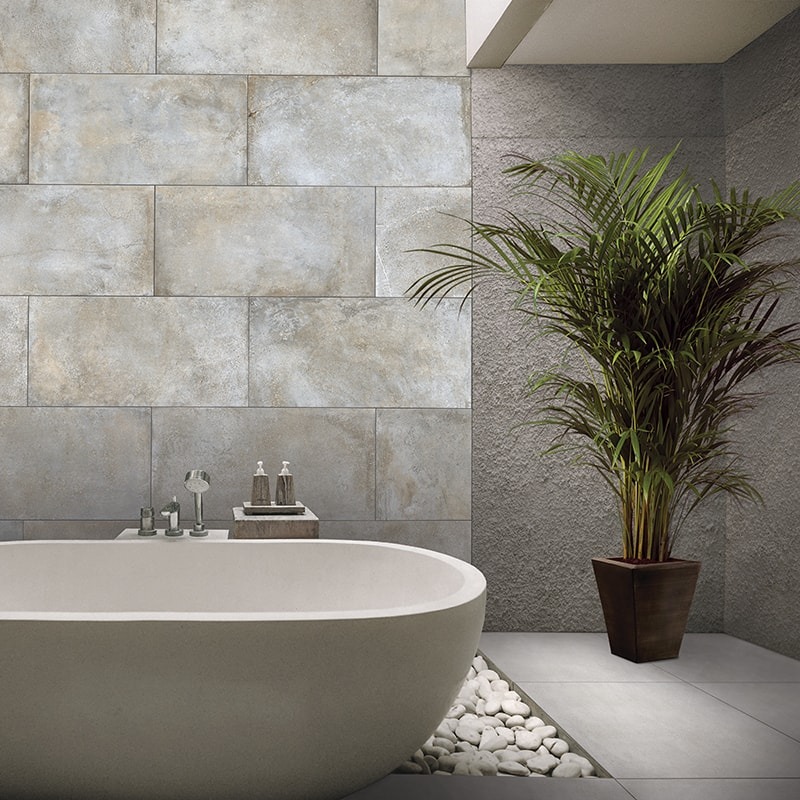
Maintenance Tips for Painted Tiles
Taking care of painted ceramic tiles is crucial to keep them looking their best. A good maintenance routine will protect the paint and extend the life of your tiles. Here’s how to do it right.
Regular Cleaning Recommendations
Regular cleaning keeps painted tiles in top shape. Here’s what you need to do:
- Dust Often: Wipe tiles with a soft cloth to remove dust.
- Mild Cleaning Solutions: Use gentle cleaners, avoiding harsh chemicals.
- Soft Tools: Use soft sponges or cloths to prevent scratches.
- Rinse and Dry: After washing, rinse with water and dry with a clean cloth.
- Immediate Spill Cleanup: Quickly clean spills to prevent stains.
These steps will help your painted tiles stay clean without risking damage to the paint.
